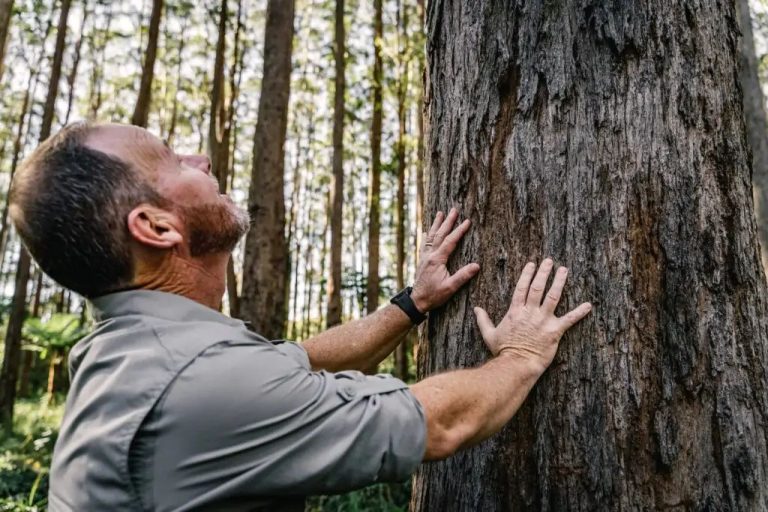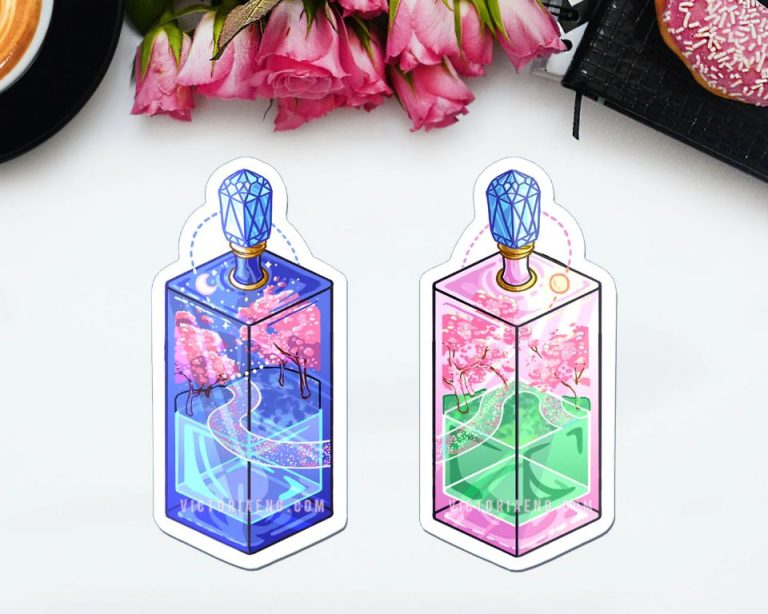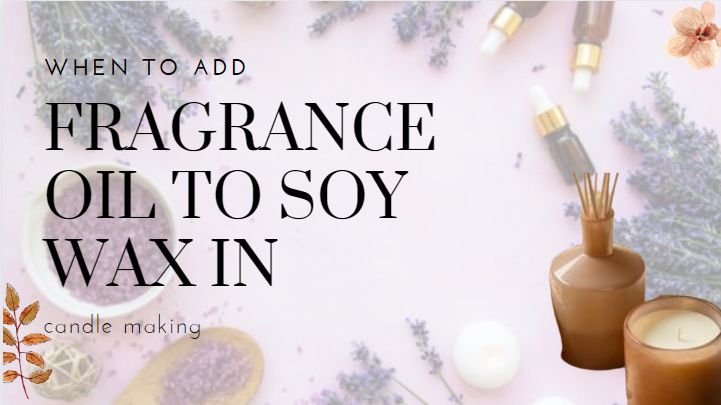Why Mix Frankincense And Myrrh?
Frankincense and myrrh have been prized since ancient times for their aromatic properties. Frankincense is harvested from trees of the genus Boswellia and myrrh comes from the Commiphora tree. Both resins were highly valued in ancient Egypt, where they were used in temple incense, perfumes, and embalming agents. According to an article on Lapham’s Quarterly, “Frankincense and myrrh were common ingredients in the Egyptians’ aromatic tool chest, and both were used to preserve mummies.” https://www.laphamsquarterly.org/roundtable/brief-history-frankincense Frankincense and myrrh also played important religious roles in ancient Jewish and Christian traditions, symbolizing divine blessing and protection.
What Are Frankincense and Myrrh?
Frankincense and myrrh are aromatic resins extracted from trees in the Burseraceae family. Frankincense comes from trees of the genus Boswellia, while myrrh comes from trees of the genus Commiphora (Source). The trees producing these resins are native to Africa and the Middle East.
Frankincense is harvested by making small cuts in the bark of Boswellia trees, allowing the milky white resin to bleed out. The resin hardens into dry, yellowish “tears” which are then collected. Myrrh is collected similarly from Commiphora trees, forming red-brown drops of resin that harden into irregular chunks.
Both resins have an aromatic, earthy scent and have been prized since ancient times for their uses in perfumes, incense, cosmetics, and traditional medicine.
Traditional and Modern Uses
Frankincense and myrrh have been used for thousands of years in religious and cultural ceremonies, as perfumes, and for their medicinal properties. In ancient Egypt, they were used in temple rituals and embalming practices [1]. Frankincense was highly revered and used during religious ceremonies to honor gods and burn as incense. Myrrh also had sacred properties and was used for embalming Egyptian pharaohs. In ancient Judea, frankincense and myrrh were given as gifts to the newborn Jesus by the three wise men.
The aroma from burning frankincense and myrrh was thought to help connect worshippers to the divine. Frankincense resin was highly prized and traded across North Africa, the Arabian Peninsula, and India. Myrrh also served as an ingredient in anointing oils used during religious rituals. Today, frankincense and myrrh are still commonly used in religious ceremonies in the Eastern Orthodox, Catholic, and Muslim faiths.
Beyond religious purposes, frankincense and myrrh were popular fragrances for perfumes and tonics in ancient times. Their rich aromas were blended with oils and fats to produce rich scents used on the skin and in homes. They were also prized for their medicinal properties and used to treat a wide range of ailments.
Benefits of Frankincense
Frankincense has been used for centuries for its healing properties and health benefits. Some of the main benefits of frankincense include:
Frankincense has powerful anti-inflammatory effects that can help reduce inflammation in the body and relieve conditions like arthritis, according to research. The boswellic acids found in frankincense oil are thought to inhibit 5-lipoxygenase, an enzyme that stimulates inflammation. Reducing inflammation can help ease joint pain, improve mobility, and boost overall joint health.
Frankincense can also help boost immunity by increasing leukocyte production. Leukocytes are disease-fighting white blood cells that play an important role in the immune response. Some research suggests frankincense’s antimicrobial effects may also help prevent illness by combating bacteria, viruses, and other pathogens.
Benefits of Myrrh
Myrrh oil has been used for centuries for its medicinal properties and health benefits. Some of the key benefits of myrrh oil include:
- Antimicrobial properties: Studies show myrrh oil contains powerful antimicrobial compounds that help kill bacteria, viruses and fungi. It has traditionally been used to clean and treat wounds and prevent infections (1).
- Skin health: Myrrh can help promote smooth, youthful-looking skin. It can help soothe skin irritations like rashes, and may also help heal cracks or sores on the skin. Its antioxidant properties help reduce oxidative damage and inflammation that can lead to premature aging (1).
Overall, myrrh oil has strong antimicrobial and skin-protective benefits. It has been prized since ancient times for its ability to support skin health and help prevent infections.
(1) https://www.healthline.com/nutrition/myrrh-oil
Why Use Them Together?
Frankincense and myrrh have been used in combination for thousands of years. Together, they provide complementary therapeutic benefits and work synergistically to enhance their individual effects. [https://wyndmerenaturals.com/products/frankincense-and-myrrh] Some key reasons to use frankincense and myrrh together include:
- Frankincense is known for its anti-inflammatory and immune-boosting properties, while myrrh is prized for its antibacterial, antiviral, and antifungal effects. Using them together provides broad protection and immunity support.
- Frankincense has a light, uplifting aroma that can stimulate spiritual awareness, while myrrh has a grounding, centering scent. Their fragrances balance each other out.
- Topically, frankincense helps rejuvenate aging skin, while myrrh promotes skin health and healing. Their combination enhances their skin-restoring benefits.
- Aromatherapeutically, frankincense relieves anxiety and stress, while myrrh lifts mood and emotional wellbeing. Together, they provide a synergistic effect on mental health.
- The boswellic acids in frankincense and terpenes in myrrh work together to reduce inflammation and relieve pain when applied topically.

How to Use the Frankincense and Myrrh Mixture
When using frankincense and myrrh oils together, it’s important to use them in the proper ratios for safety and effectiveness. Here are some simple recipes and methods for using this powerful blend:
- Diffuser blend: Add 2 drops frankincense, 1 drop myrrh, and 1 drop cedarwood per 1 cup of water in your diffuser. Diffuse for 30 minutes to fill a room with this woodsy, uplifting aroma. (Source).
- Body lotion: Mix 1 cup carrier oil like almond oil with 80 drops frankincense, 80 drops myrrh, and 32 drops orange essential oil. Apply generously to skin for a healing, aromatic moisturizer (Source).
- Topical oil: Combine 10 drops frankincense and 5 drops myrrh with 1 ounce carrier oil. Apply to sore muscles, joints, or any area of pain. Use daily for best results.
- Aromatherapy steam: Add 3 drops each of frankincense and myrrh oils to a bowl of hot water. Place a towel over your head and carefully breathe in the vapors.
Always dilute essential oils properly and perform a patch test before wider use. Start with lower ratios and increase gradually as needed. Consult your doctor before use if pregnant, nursing, or for health conditions.
Precautions
While frankincense and myrrh are generally considered safe when used appropriately, some precautions should be taken.
Frankincense may cause skin irritation or allergic reactions in some people when applied topically, especially in high concentrations (according to WebMD). It’s best to do a patch test before widespread use.
When ingested, myrrh can potentially cause heart rate irregularities and uterine contractions, so it should not be consumed by pregnant women (according to RxList).
Both frankincense and myrrh oils should be diluted properly before use. They should also be avoided by anyone with bleeding disorders, hormone sensitive conditions like estrogen receptor positive breast cancer, or upcoming surgery (per WebMD).
As with any supplement or essential oil, it’s best to consult your doctor before using frankincense or myrrh, especially if you have any medical conditions or take medications.
Recommended Brands and Products
If you want to experience the benefits of frankincense and myrrh, it’s important to choose high quality oils and resins. Here are some recommended brands:
Young Living (https://www.youngliving.com) offers a 100% pure Frankincense essential oil that is steam distilled from Boswellia carterii trees. Their Sacred Frankincense oil comes from Oman and is ideal for aromatherapy and topical use.
Plant Therapy (https://www.planttherapy.com) has an organic Frankincense Carterii essential oil grown in Somaliland that is 100% pure and undiluted. They also sell Sacred Frankincense resin tears that can be burned or diffused.
For myrrh essential oil and resin, Mountain Rose Herbs (https://www.mountainroseherbs.com) sells organic products sustainably wildcrafted in Yemen. Their Superior Grade Myrrh Essential Oil is gentle enough for sensitive skin while the resin produces a calming aromatic smoke.
No matter which brand you choose, always look for 100% pure, therapeutic-grade oils and ethically-sourced resins to get the true synergy of frankincense and myrrh’s compounds and fragrance.
Conclusion
In summary, there are several key benefits to mixing frankincense and myrrh together. The combination produces a potent essential oil blend that can help reduce inflammation, boost immunity, fight infections, relieve stress and anxiety, improve skin health, and promote emotional wellbeing. When used together, the anti-inflammatory and antioxidant properties of frankincense complement the antibacterial, antifungal, and antiviral benefits of myrrh. The aroma of the mixture also has a synergistic effect, providing calming, uplifting, and spiritually grounding effects. Whether diffused, applied topically, or used in massage, frankincense and myrrh make a dynamic duo with synergistic therapeutic properties.




